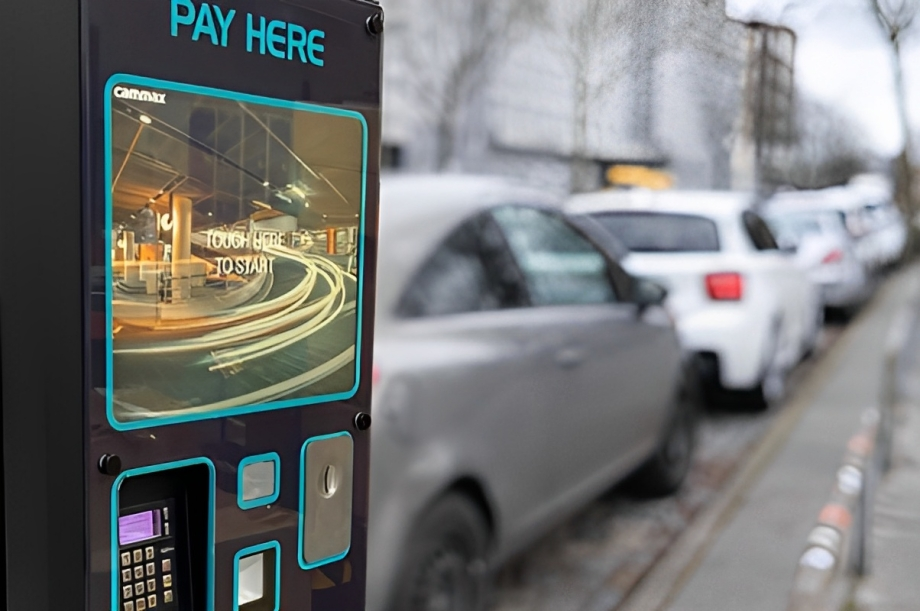
The vulnerabilities associated with the transition to becoming a cashless society are once again in the spotlight following an article published by the Financial Times, highlighting the precarious position of millions who rely on cash for their everyday transactions. The article, penned by consumer editor Claer Barrett, argues that while the allure of a sleek, cashless future is undeniable, the rush towards digital-first solutions risks leaving behind a significant portion of the population.
Barrett points to the recent global cyber outage as a stark illustration of the fragility of a purely digital financial system. The outage, which brought digital transactions to a standstill, triggered a £6 million surge in cash withdrawals across the UK, as people scrambled for access to functioning payment methods. This event, while temporary, served as a potent reminder that a significant portion of society still depends on cash and that a system prioritising digital transactions without adequate safeguards for those reliant on traditional methods is inherently flawed.
As Adrian Roberts, deputy chief executive of Link, the UK’s largest cash machine network, aptly observes, “The key message is we’re not ready to go cashless until digital payments are completely robust and reliable, and accessible to everyone in a way that meets their needs.”
The narrative of a natural progression towards a cashless society, often championed by fintech innovators and early adopters, often overlooks a crucial fact: cash usage is not in decline. As Barrett highlights, UK Finance recently reported a surprising 66% increase in individuals primarily using cash for their everyday expenses in the past year – the first such increase in four years. This data point throws a wrench in the narrative of a seamless digital transition and underscores the need to consider the needs of those who rely on cash, not out of choice, but out of necessity.
The figures published by UK Finance also echo similar figures released earlier this year by Britain’s biggest building society. In January Nationwide revealed around 31.4 million cash withdrawals were made from its network of more than 1,200 ATMs last year – a four per cent increase on 2022. The average amount of cash taken out on each withdrawal from Nationwide ATMs was around £105 last year, which represents a 28% increase on pre-pandemic levels. Strikingly, some town centre branches even reported ATM usage rises of up to 154%.

Despite the data from UK Finance and Nationwide indicating a renewed reliance on cash, physical bank branches from high streets across the UK are disappearing at an alarming rate. As Barrett notes in her opinion piece, the UK has lost a staggering 6,000 bank branches in the past nine years alone, leaving many communities without access to essential financial services. While the rise of online and mobile banking has played a role in this shift, it’s crucial to recognise that not everyone has the means or the ability to bank digitally.
The closure of bank branches also disproportionately impacts vulnerable communities, including the elderly, those living in rural areas, and individuals with disabilities who may face barriers to accessing digital services. For these individuals, the local bank branch represents more than just a place to deposit a check or withdraw cash; it’s a lifeline to financial stability and a source of vital support.
Further exacerbating the digital divide, a staggering 1.1 million people in the UK (according to the Financial Conduct Authority) lack access to basic financial services, including bank accounts and credit cards. This demographic, often comprised of young adults, the unemployed, and those experiencing financial hardship, rely on alternative financial services like check cashing to access their income. For them, cash isn’t just a payment method; it’s a lifeline that provides a level of control and agency over their finances that digital payment solutions often fail to offer.
Beyond the unbanked, millions more grapple with varying degrees of digital exclusion. This exclusion stems from a complex web of factors, including limited digital literacy, data poverty (lack of access to affordable internet and technology), and a distrust of digital platforms. Barrett highlights the issue of “data poverty,” pointing out that “only 5 per cent of eligible customers use social tariffs — cheaper mobile and broadband packages available to customers claiming benefits.” This lack of access to affordable internet and technology creates a significant barrier to full participation in a digital world, further marginalising those already struggling.
Navigating the digital world can feel like traversing a foreign land for those lacking digital literacy, fraught with confusion, hidden fees, and the ever-present fear of compromising their personal information. This digital divide, as Barrett argues, extends beyond financial transactions, impacting access to essential services, healthcare, and even government support. As Barrett poignantly states, “being digitally excluded affects your ability to manage your finances, and your life, in many other ways.” This exclusion is keenly felt in areas like accessing public services, finding better deals on goods and services, and even participating in innovations in digital payments, further widening the gap between the digitally included and those left behind.

This disparity in access and opportunity is sharply illustrated in something as commonplace as paying for parking, a topic that has ignited fierce debate in recent years. While app-based and contactless parking payment solutions are increasingly common, a recent survey by Autocar revealed a surprising truth: the vast majority of UK drivers still prefer traditional parking payment machines. More than four out of five drivers favoured machines accepting cash or contactless card payments, highlighting a clear preference for the tangible benefits these methods offer.
This preference for traditional payment methods in parking speaks to the broader anxieties surrounding a cashless society. Drivers appreciate the reliability of cash and card payments, particularly in an age where digital systems can be fickle, prone to technical glitches, and connectivity issues. They value the transparency of physical parking payment machines, which clearly display pricing information, eliminating the confusion of hidden fees or convoluted digital interfaces.
Moreover, traditional payment methods offer a level of inclusivity that digital alternatives often lack. They don’t require downloading multiple apps or grappling with complex digital interfaces, making them accessible to everyone, regardless of their technological proficiency. This inclusivity is paramount in ensuring that essential services like parking remain accessible to all members of society, particularly those who may not own smartphones or have reliable internet access.
Barrett concludes her article with a poignant observation: “Things may be getting back to normal after the CrowdStrike debacle (cyber outage). But for millions of UK adults, the digital outage continues.” This statement encapsulates the ongoing challenges faced by those who are digitally excluded or prefer traditional banking methods.
As we navigate the transition to a more digital financial landscape, it’s crucial that we create a system that serves everyone, regardless of their digital literacy or access. This means maintaining a balance between digital innovation and traditional methods, preserving access to cash and in-person services, and ensuring that digital solutions are designed with all users in mind.